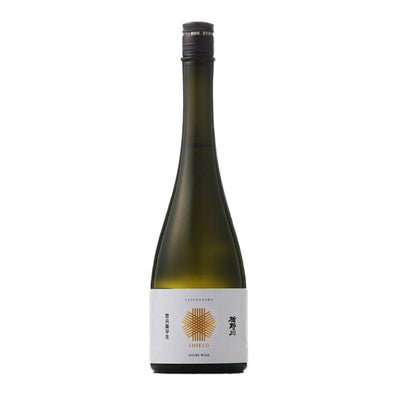Types of Sake Rice: Akita Sake Komachi and Its Characteristics
The development of Akita Sake Komachi started in 1988. Since there was no local sake rice suitable for brewing daiginjo and ginjo, the breweries in Akita had to rely on those grown in other prefectures. Akita-based breweries had wished to create high-quality sake made from original sake rice. Trying to meet their expectations, Akita Sake Brewers Association and Akita Agricultural Experiment Station started the research through collaboration between the industry, academia and government. Fifteen years later, in 2003, Akita Sake Komachi was finally created.

Akita Sake Komachi has rapidly become the prefecture’s most popular sake rice for brewing ginjo-shu. It is now ranked 5th overall in Japanese sake rice production (according to the Ministry of Agriculture, Forestry and Fisheries), in spite of unique local production.
Akita Sake Komachi is well-suited to Akita’s cool climate. Its stalks are fairly wind-resistant and mature early enough to avoid damaging cold weather. The rice’s grains are large, high in shinpaku (starchy center core), and with low levels of protein. Akita Sake Komachi grains retain elasticity and their surface doesn't dry out after being steamed, allowing for an easy koji production. This also results in a shubo (fermentation starter) and moromi (fermentation mash) with increased glucose levels, which means that sake brewed with this rice leans toward the sweeter side. There is also often a spicy quality, alongside a whole fruit basket of tasting descriptors.

Recommended Sake Made With Akita Sake Komachi
One of the Akita breweries, that has always been passionate about brewing sake using all local ingredients, is Akita Meijo. Bishu Ranman, a brand made by Akita Meijo, was born in 1922 when a group of Akita Prefecture brewers invested in a project to sell more Akita sake in other prefectures. Since their establishment, the brewery continued to pursue the brewing of great sake, with the aim of "quality first," using Akita style low-temperature, slow fermentation methods. Made with high-quality rice and bountiful water—that’s Akita’s sake.
To experience the unique taste of Akita Sake Komachi, we recommend Hanaranman Komachi Daiginjo. After being fermented by Akita Koji (yeast) in a low temperature for over 5 weeks, this sake is aged for 12 months to become a smooth and rich daiginjo with a beautiful flowery fragrance. This is a high quality sake with elegant sweetness and a whole fruit basket of tasting descriptors.
















Leave a comment